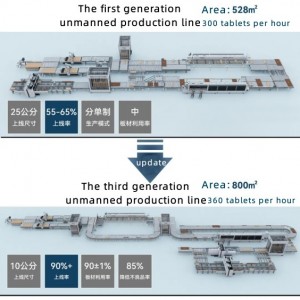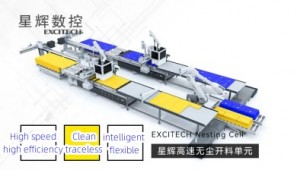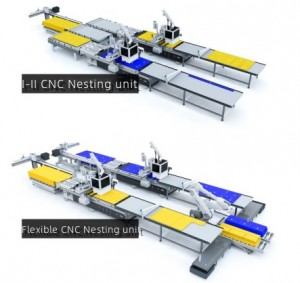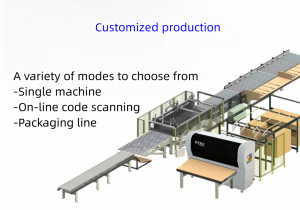



Increased Production Efficiency: The smart furniture factory's production line can automate manufacturing, reducing labor costs. Robots and automated systems replace traditional manual operations, improving production efficiency. These devices can also perform complex operations such as quality control checks on furniture, reducing quality management problems.
Optimized Design and Production: Smart furniture factories utilize programmable tools and computer-aided design technology to create more precise furniture designs and improve production efficiency. Designers can use this system to generate models, modify and optimize them. Additionally, smart devices like sensors and computer vision technology can be used during production to detect and calibrate every step of the process.
Reduced Waste: The smart furniture factory's production line can monitor every step in real-time, enabling quick detection of defects and problems during manufacturing. This helps the factory take corrective action promptly, reducing defect rates and wasted materials.
Lower Costs: Automated and optimized production reduces production costs in smart furniture factories. Also, by reducing defect rates and wasted materials, this production line helps to save costs and increase profits.
Rapid Response to Market Changes: By using smart production lines, smart furniture factories can respond more quickly to changes in the market and produce furniture that meets current market demand. Data analysis with IoT technology enables factories to quickly understand customer needs and trends and respond accordingly.
Conclusion: In conclusion, the smart furniture factory's production line has significant advantages, including higher efficiency, optimized design and production, reduced waste, lower costs, and the ability to respond quickly to market changes.
Send your message to us:
Post time: Oct-23-2023



